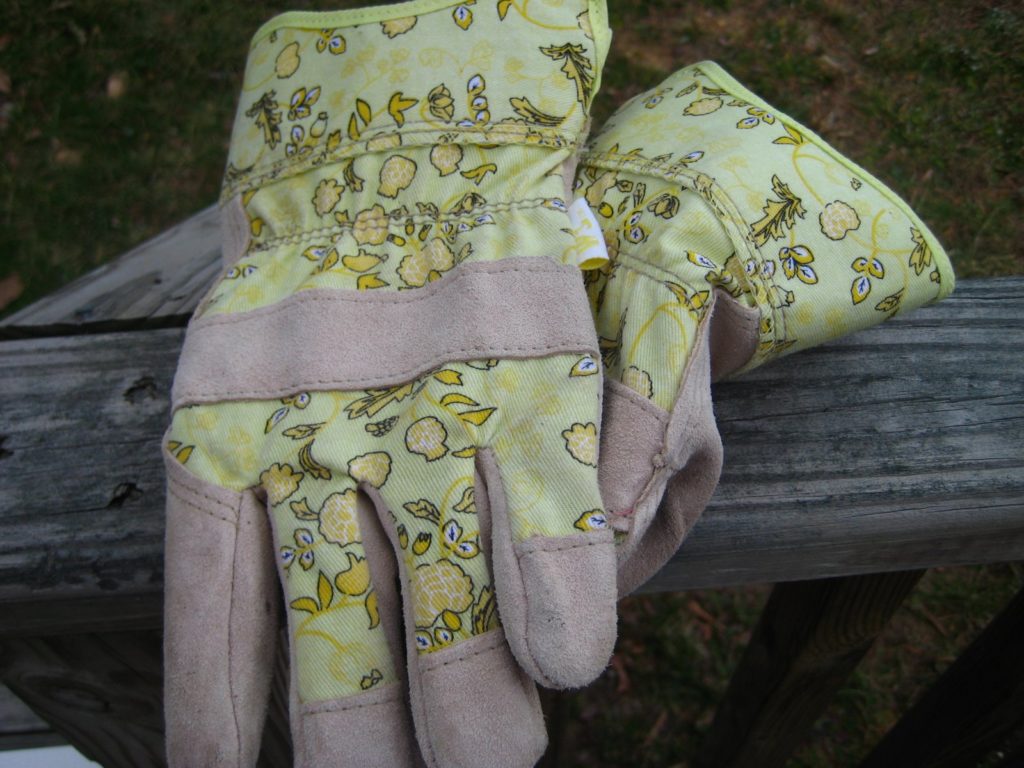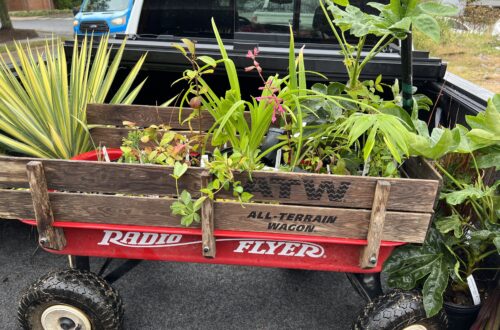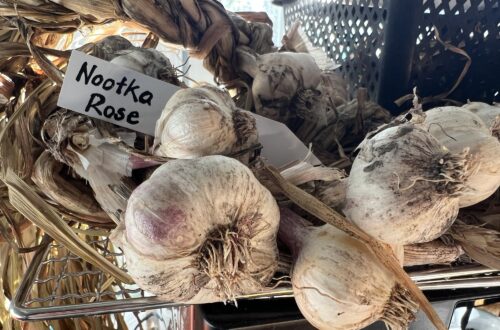Before the Last Killing Frost (9 Weeks)
Nine Weeks Before the Last Killing Frost
This week is about soil preparation. There are tons of methods to preparing the soil, and some of those resources are listed below along with places you can find supplies locally. I prefer to use Black Kow and Black Chicken Compost and apply them early enough to give the chicken compost time to cool. This year we have our own source of chicken poo!
This link lays out exactly what and how much I used in my garden for the first few years of gardening (I am not paid to endorse any brands, I’m just a gal with preferences): “Preparing Soil in Raised Beds”.
Fertilizers
- Nitrogen – fish meal, blood meal, composted manure (only use composted manure, never fresh),shellfish fertilizer, coffee grounds (be careful about acidity)
- Phosphorus – bone meal, shellfish fertilizer
- Potassium – green sand, shellfish fertilizer, wood ash, kelp meal
- Calcium – egg shells, shellfish fertilizer, lime (not the fruit)
- Magnesium – green sand, epsom salt
- Iron – green sand
- Zinc – zinc sulfate
- Copper – copper sulfate
What Can I Plant Now?
If your beds are ready the following can be planted in the ground now: asparagus, cabbage, onion sets or plants, peas, radishes, rutabagas and turnips.
Tasks for this Week
- Till or turn. As long as the soil is dry enough and the ground is not still frozen, turn over the soil about eight inches while raking out what weeds you are able to.
- Condition. Now is the time to add lime, peat and compost (if you didn’t in the fall) and take a soil sample to your nearest extension office to determine what other nutrients your soil is lacking. Confession: I have never taken in a sample, but I’ve heard it’s the thing to do. Start rinsing out and saving your eggshells as a great source of calcium.
- Supplement. The soil level in your beds has likely dropped since last year. Add your favorite soil mix to top off the beds.
- Mix and smooth. Once the soil has been turned, conditioned and supplemented, mix it up well and smooth over the top.
- Cover. Black tarp or plastic bags spread over the beds will help kill off the weeds and the larva of pests that may have overwintered in your garden.
Materials You Will Need
- Shovel or tiller for larger gardens, spade, rake and other hand tools.
- Garden gloves and knee protection.
- Vegetable planting mix, compost, peat, lime, other fertilizers and conditioners.
- Black tarp or plastic and stakes.
Links and places of interest:
Capital Mulch Company (for Raleigh and locals)
Creating the Right Soil Mix for Square Foot Gardening
Logan’s Trading Company (local resource for soil and ammendments)
Resources for Compost and Mulch by NCCES
This post contains affiliate links. Purchases made through my affiliate links give me a small commission to help run this blog, but don’t cost you any extra.



